Your Dream Wedding in Venue Frederick Maryland
Our all-inclusive wedding venue provides everything from expert day-of coordination to customized catering, set-up and clean-up services, elegant tables and chairs, and more—so you can focus on celebrating with loved ones while we handle the details. With a dedicated team and on-site amenities designed to simplify and elevate your wedding experience, Morningside Inn is where unforgettable weddings come naturally.
Enjoy your dream wedding at
Frederick's Most Experienced Wedding Venue
Family-owned and operated since 1995, Morningside Inn has hosted thousands of seamless all-inclusive weddings and receptions. Our decades of consistent experience and personal commitment set us apart. From planning to the final toast, every event includes expert coordination, professional staff, and our skilled culinary team—so you can enjoy every moment, stress-free.

OUR SERVICES
Wedding Venue in Frederick MD
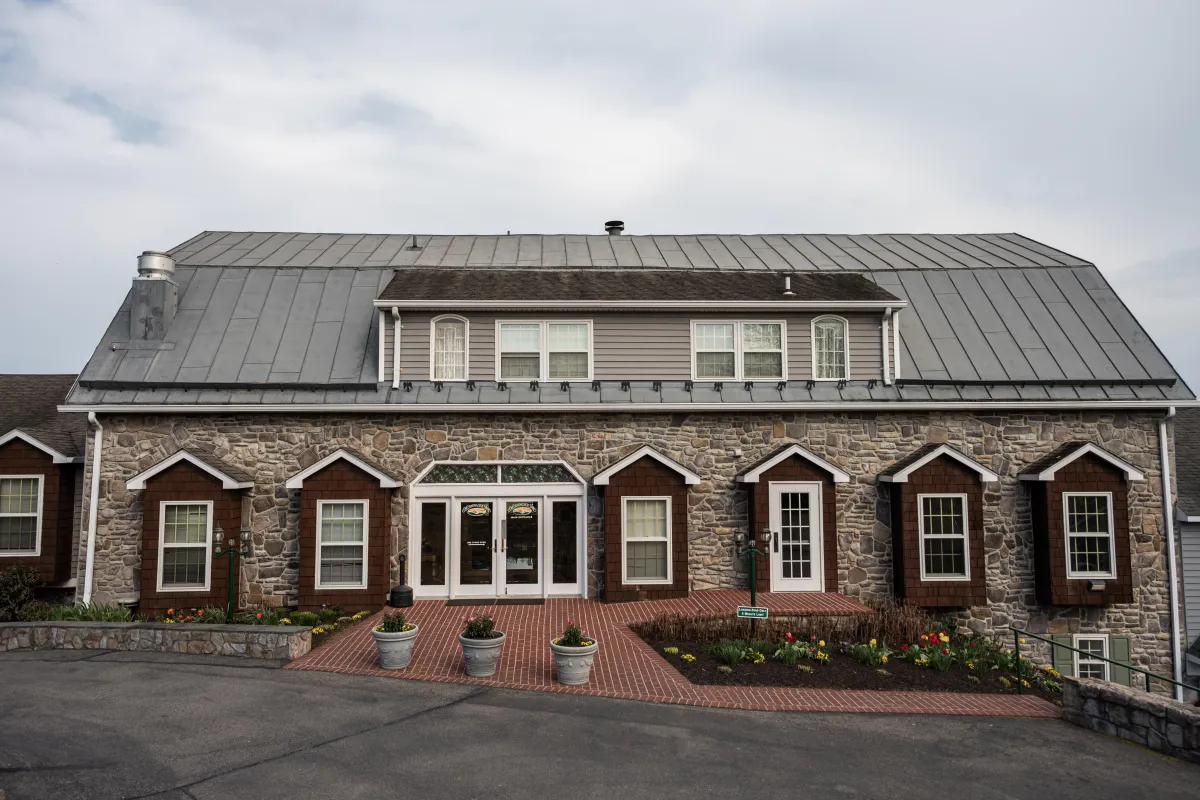
As a family-owned wedding venue with decades of experience, we treat every couple like family—so you can relax, celebrate, and fully enjoy your special day. Our peaceful, scenic setting makes us a top choice for those seeking weddings and receptions in Frederick, MD that feels both personal and unforgettable.
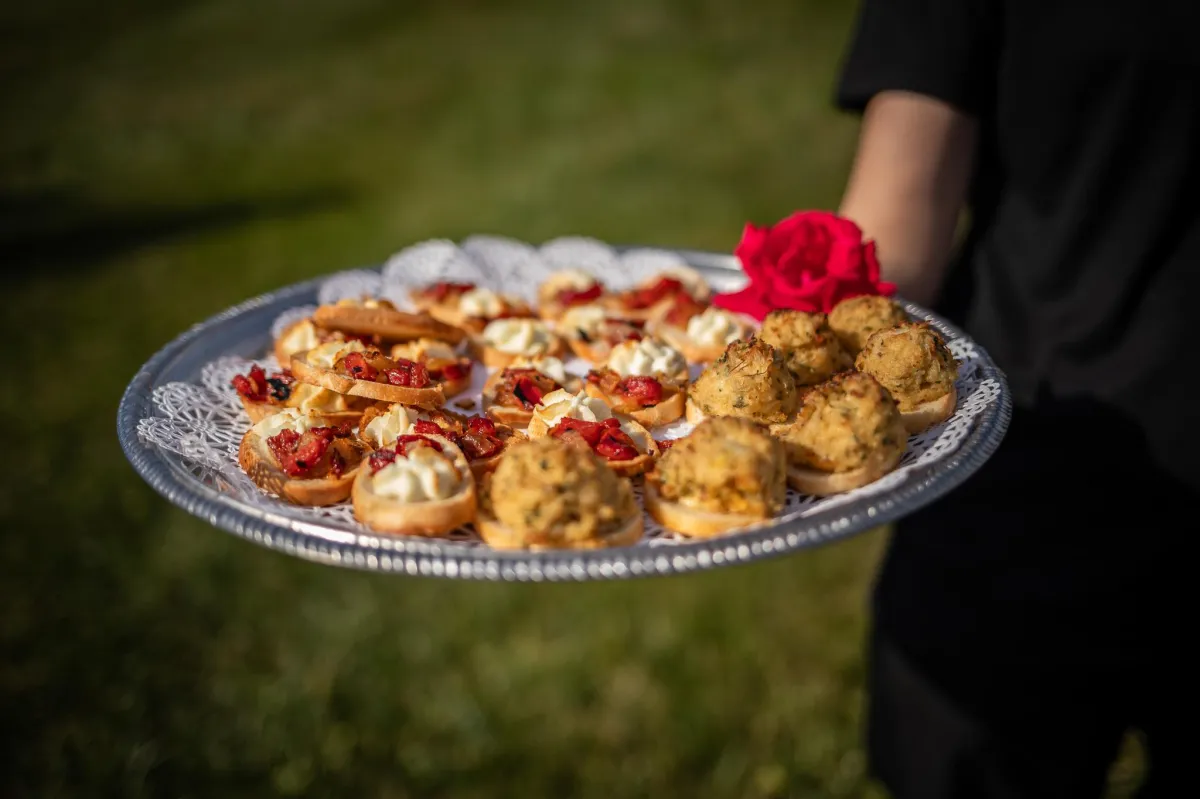
On-site Catering
We offer a wide array of delicious catering options for weddings and receptions, tailored to your unique celebration. Whether you're honoring cultural traditions or accommodating dietary needs, our in-house culinary team works with you to create a personalized menu that makes your special day unforgettable.

We provide everything you need for a seamless celebration—from wedding ceremony and reception Chiavari chairs to guest tables, elegant linens, full place settings, and a classic wooden dance floor. We’ve thoughtfully included every essential detail, including eight indoor restrooms, to ensure maximum comfort and convenience for you and your wedding guests throughout your special day.
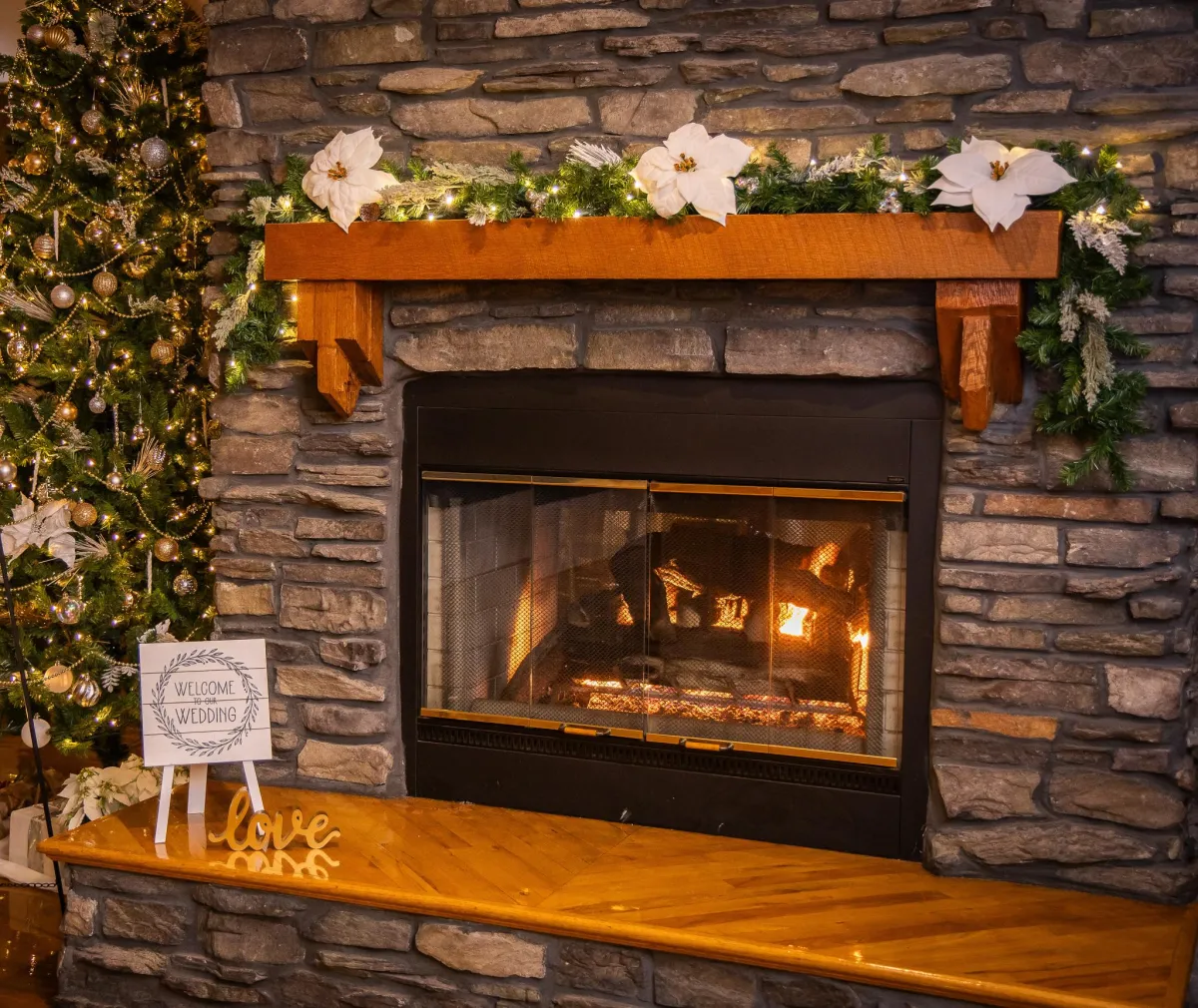
Stress-Free Planning — Event Coordination
With three decades of experience hosting unforgettable weddings, our dedicated team is here to guide you every step of the way. From creating your event timeline and helping with décor decisions to coordinating vendors before and during your big day—we’re by your side to ensure everything flows beautifully.
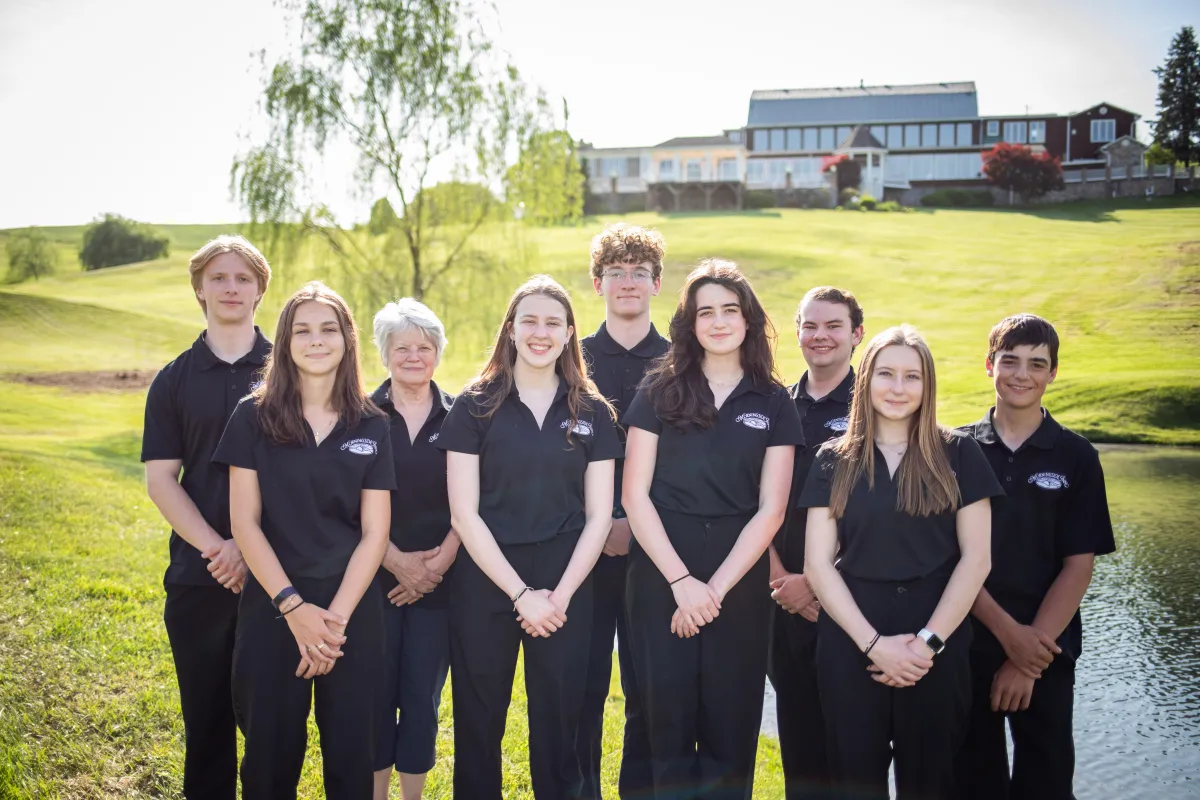
Full-Service Staff for a Carefree Event
Our dedicated staff takes care of everything—setup, cleanup, food service, and even dishwashing—so you don’t have to lift a finger. From preparing the venue to resetting it after your event, we ensure every detail is handled with care. Relax and enjoy your wedding day while we do the work behind the scenes.

AV Equipment Available When Needed
We provide a screen, projector, microphone, and built-in sound system—ideal for toasts or dinner music. Your wedding DJ will only set up once - in the reception room then they can plug into our system for dinner, so there's no need for extra setup.

Not planning a wedding? Discover our Banquet Hall in Frederick, MD: adaptable space for school events, corporate gatherings, private parties, and more. Enjoy on‑site AV, customizable layouts, and a full‑service team ensuring seamless setup, catering, and cleanup for memorable celebrations.
OUR REVIEWS
What Our Clients Are Saying
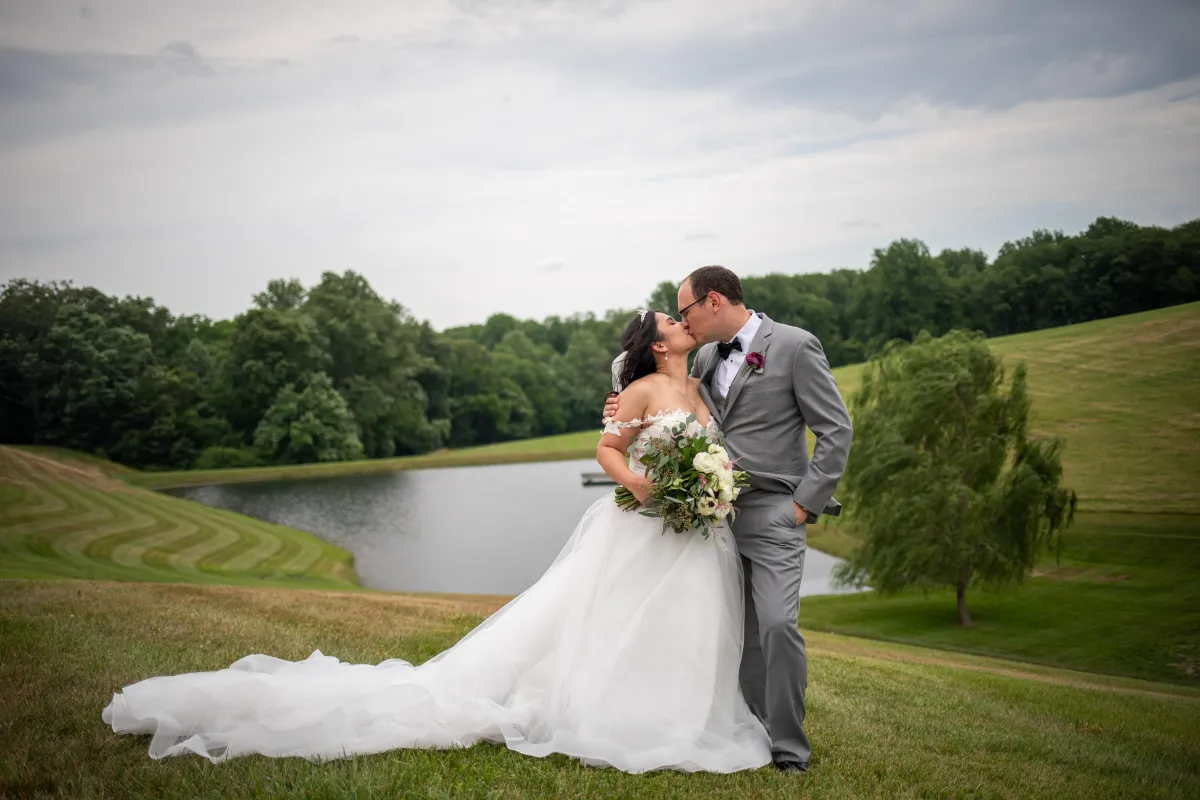
⭐️ ⭐️ ⭐️ ⭐️ ⭐️
My family and I had the most WONDERFUL experience working with our coordinator and everyone at Morningside Inn. Wedding planning is SUPER stressful!
But I was lucky enough to find a wedding venue that has EVERYTHING- from chairs/tables; indoor/outdoor ceremony options; ample room for the bridal party and groomsmen to get ready; a well trained and extremely knowledgeable staff; TO a FABULOUS group of preferred vendors (cake, DJ, and photographer) !
Morningside had ALL of this and MORE!
-Laura Miranda
June 23, 2024 Wedding/Reception
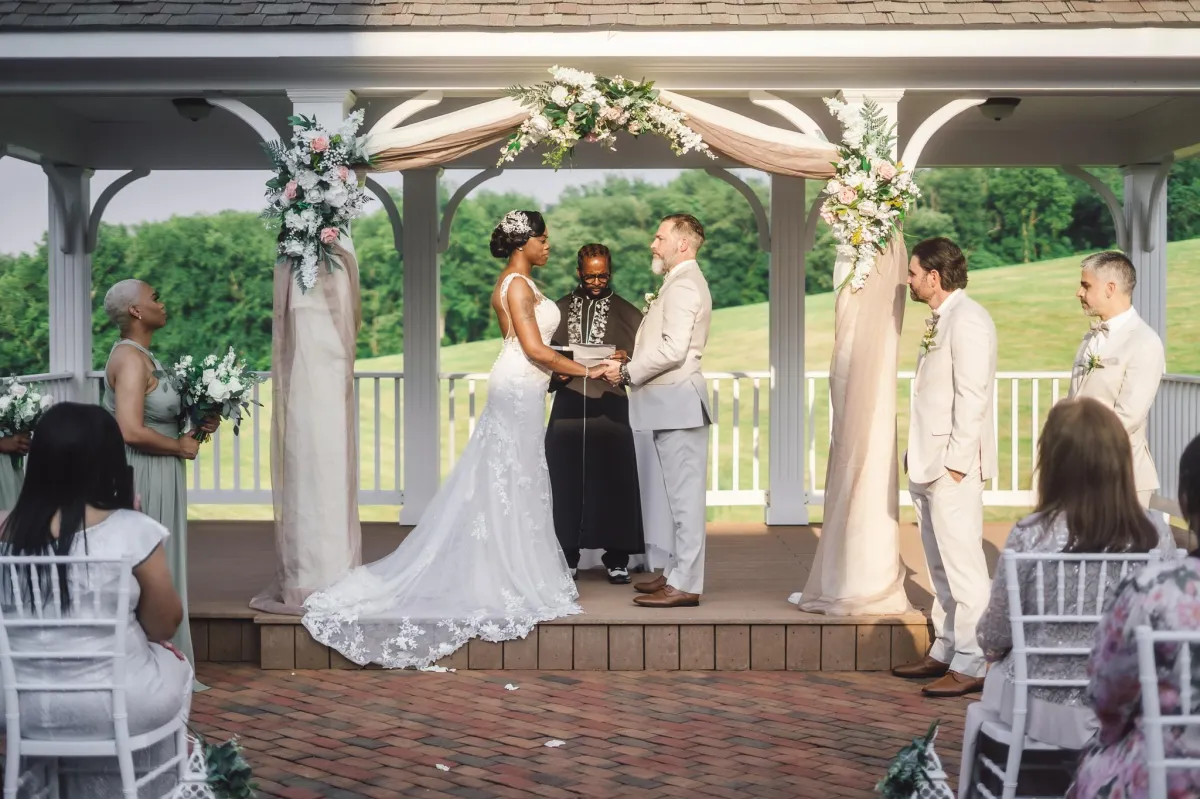
⭐️ ⭐️ ⭐️ ⭐️ ⭐️
Robert and I had our wedding on June 22, 2024 at the Morningside Inn, and let me tell you we couldn’t have picked a more beautiful elegant location.
All of the staff were super accommodating and very sweet! The food was superb as well. Our wedding coordinator was even more AMAZING! She made sure she went great lengths to give us EVERYTHING we wanted and exceeded our expectations! I’ll NEVER forget this. If you’re thinking about having your wedding at the Morningside Inn, I’m telling you, you won’t be disappointed. My guests are still raving about their experience!! Thank you again for this unforgettable experience! We love you guys!
-Brittinie Green
June 22, 2024 Wedding/Reception
Frequently Asked Questions
How far in advance should I book my wedding ceremony and reception date?
Our most popular dates book quickly—especially for weddings, banquets, and holiday events. We recommend reserving our wedding venue or banquet hall as early as possible to ensure your ideal date. Planning something last-minute? We’re here to help and will do everything we can to accommodate your timeline. Don’t wait—reach out today and let’s make it happen.
Do you provide event planning and coordination services, or do I need to hire a separate event planner?
We offer comprehensive event planning and coordination services as part of our packages. Our experienced team will assist you with every aspect of your event, from venue selection and décor to timeline management and entertainment coordination. We aim to make the planning process as stress-free as possible, ensuring that your event runs seamlessly from start to finish.
Can I bring in an outside caterer?
When we opened our doors 20 years ago, we allowed outside catering companies. We found that quality varied drastically between catering businesses. We also found that a quality meal is vital to a perfect wedding experience. To ensure a perfect wedding reception, in 1995, we hired Tim Erfourth as our head chef and guests have raved about Morningside Inn food ever since.
Can I customize the menu for my event, including dietary restrictions and special requests?
Absolutely! At Morningside Inn, we believe in tailoring our services to your unique needs. Our culinary team is skilled in accommodating dietary restrictions, allergies, and special requests. During the planning process, we'll work closely with you to create a menu that suits your preferences and ensures all your guests enjoy a delightful dining experience.
Can I bring in outside liquor, beer, or wine?
Maryland State Law prohibits our facility to allow outside liquor, beer or wine and as such all alcoholic beverages served or consumed on the property must be supplied by Morningside Inn. This includes the parking lots. However, we may serve your desired unique beer and wine at your event. Please alert Morningside’s wedding planner as soon as possible so we may order through our distributor.
Will there be other wedding/receptions at the same time as my event?
Your wedding day is YOURS; we only host one wedding/reception at a time at our private wedding venue in Maryland.
Is Morningside Inn handicap accessible?
Yes! On your wedding day, our staff can direct guests to ramps that access all levels of Morningside Inn. Our staff is always willing to help guests if needed.
Do you have event parking?
Morningside Inn offers four large paved parking lots with ample space for up to 200 guests. With on-site, easily accessible parking, your friends and family can arrive and leave with ease—no shuttles or street parking required.
Will your venue accommodate my guest count?
Whether you’re planning an intimate gathering or a grand celebration, Morningside Inn comfortably accommodates up to 200 guests in our temperature controlled venue.
7 Simple Steps to Your Dream Wedding at Morningside Inn
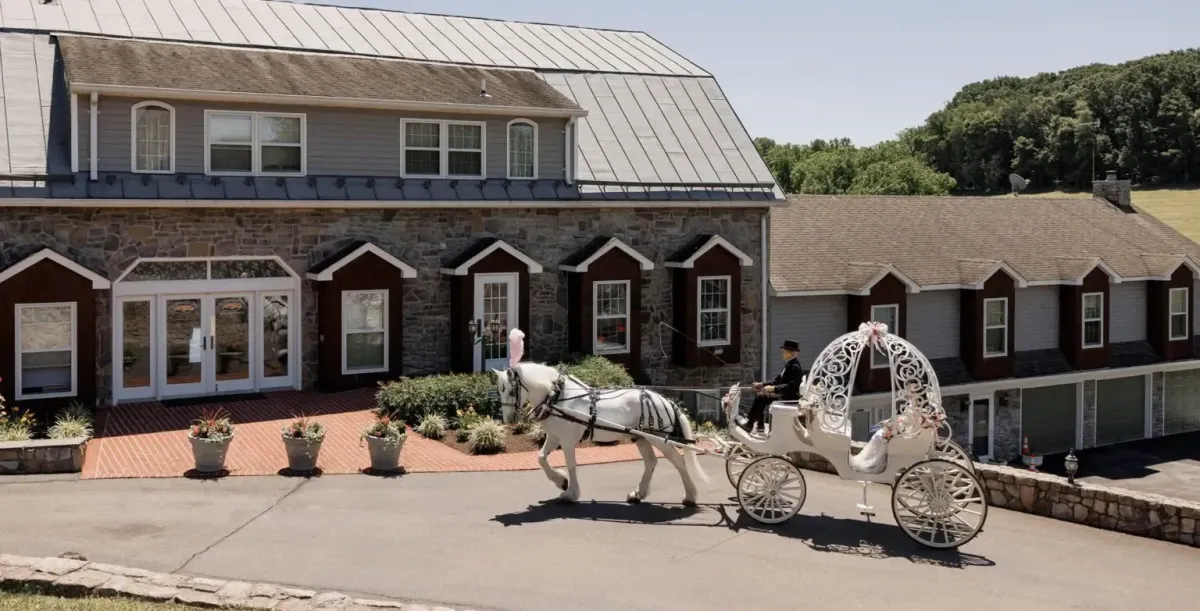
Step 1: Explore Our Free Wedding Pricing Pamphlet
Get an inside look at the Morningside Inn experience—from the comfort of your home.
This complimentary guide is filled with detailed pricing, package options, included amenities, and everything you need to start planning your dream day.
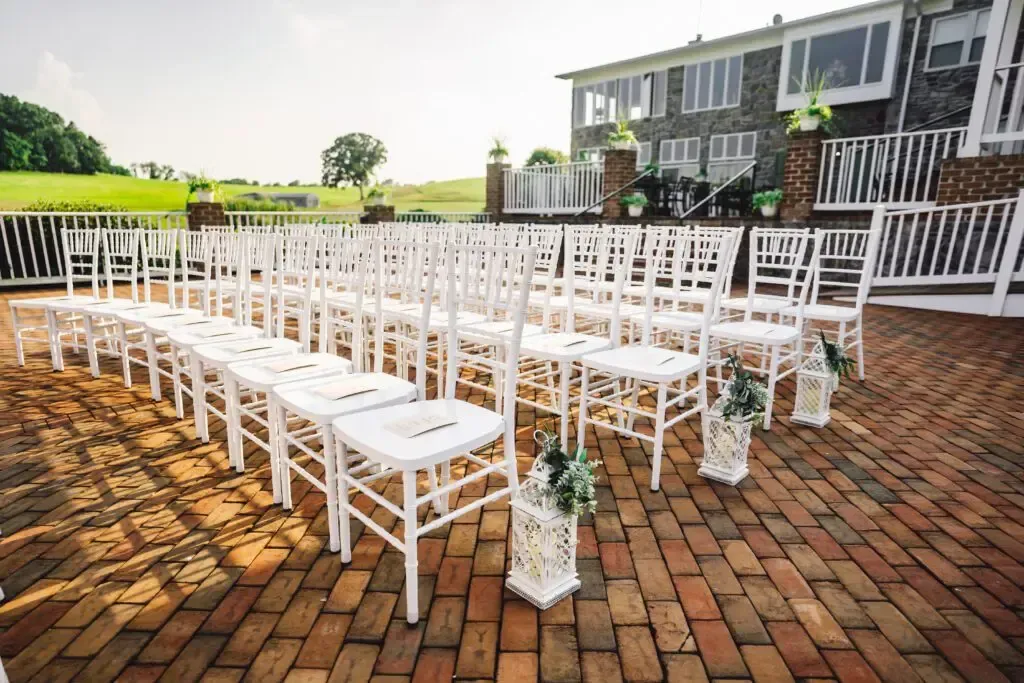
Step 2: Schedule Your Private Tour
Come experience the serene beauty of Morningside Inn with a guided tour of our scenic grounds, ready rooms, dining room, and reception spaces.
After your tour, we’ll create a custom wedding proposal tailored to your vision, preferences, and guest count.
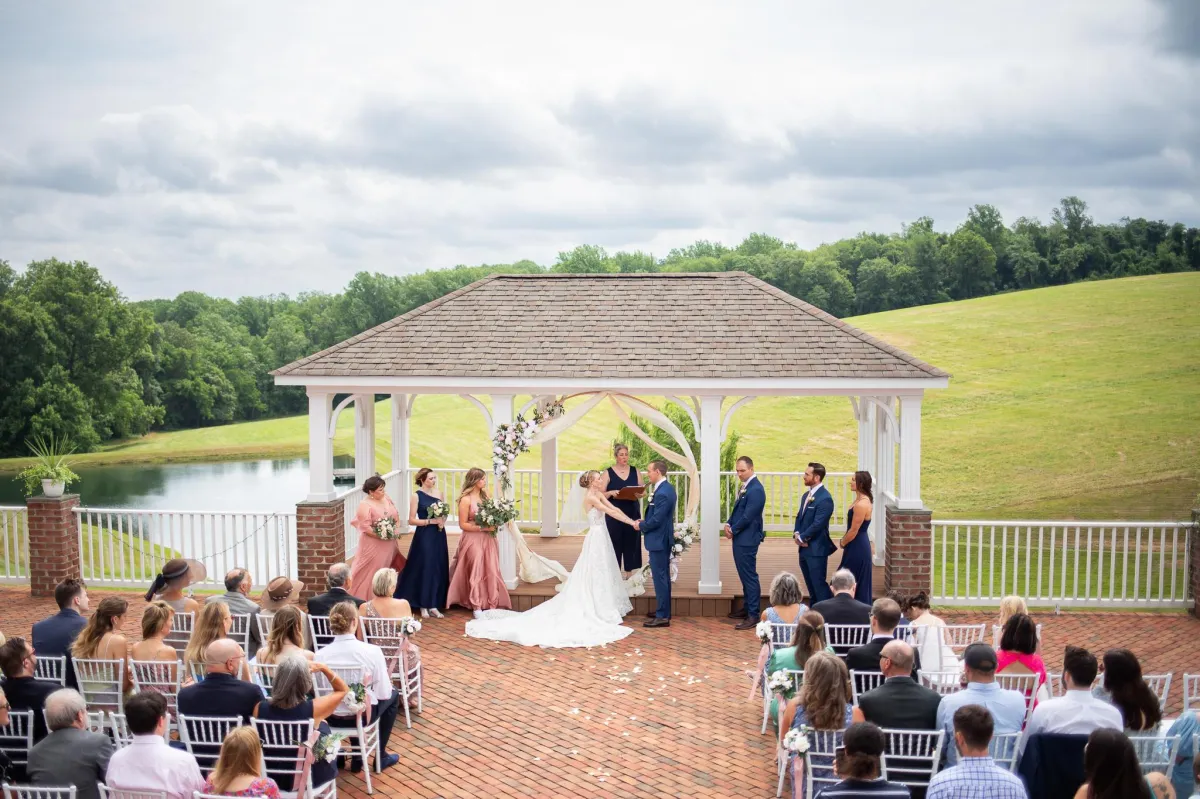
Step 3: Book Your Date
Secure your date with a signed agreement and deposit. Once booked, your planning journey officially begins!
Our experienced team is with you every step of the way. We stay in touch via email and text, and you’ll gain access to our exclusive planning tool—your all-in-one guide for organizing catering selections, your guest list and seating chart, ceremony layout, and more.
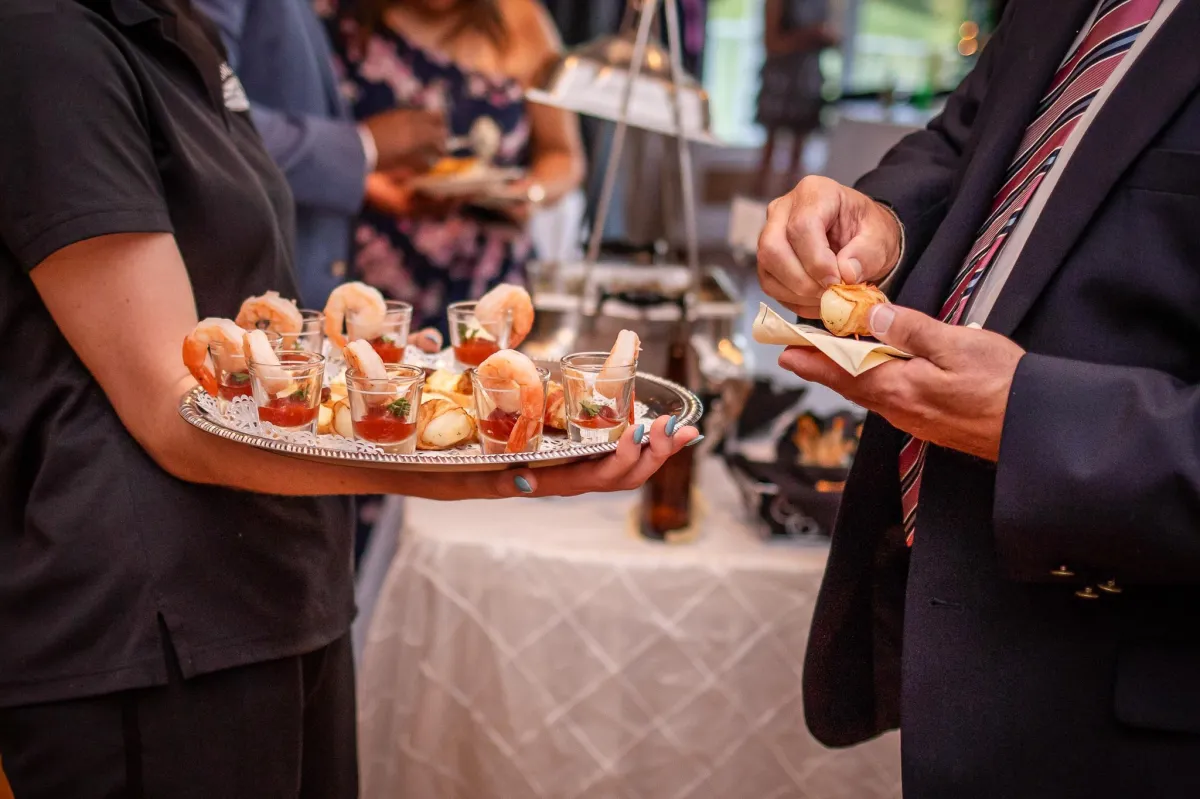
Step 4: Attend Our Exclusive Tasting Event
Taste the flavors of your big day and meet the team who will bring it to life! Held every January and July, our Tasting Event invites you to sample fresh menu options, connect with your wedding coordinators, and begin finalizing your reception meal with confidence.
You'll also meet some of our preferred vendors —photographers, DJs, florists, and more—who are onsite to answer your questions. Many couples choose all their vendors during the Tasting Event!
.
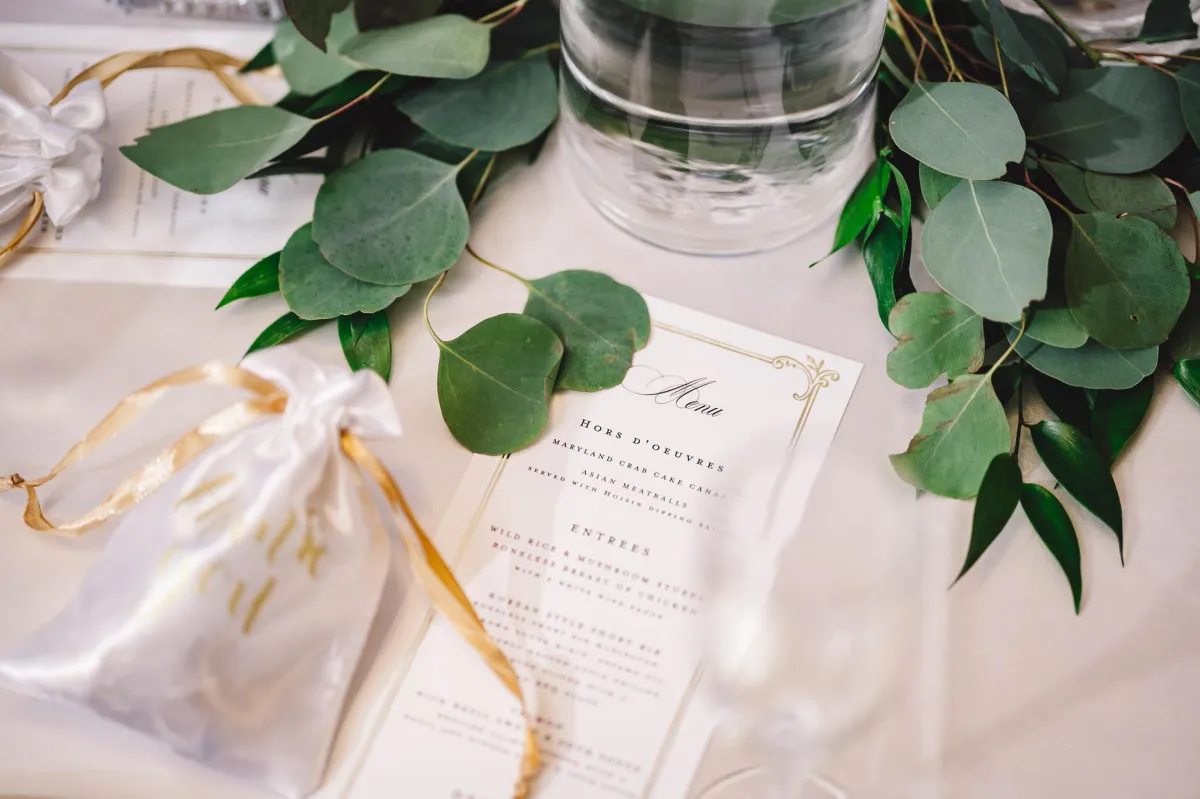
Step 5: Wedding Planning Meeting
This is a personalized 2-hour planning session with our wedding coordinator to finalize the important details of your day.
During this session, you'll select your menu and bar options, choose linen colors and centerpieces, and review your custom room layout and diagram.
You'll also share contact information for any gifts or décor drop-offs and provide details for your wedding vendors so we can coordinate everything seamlessly.
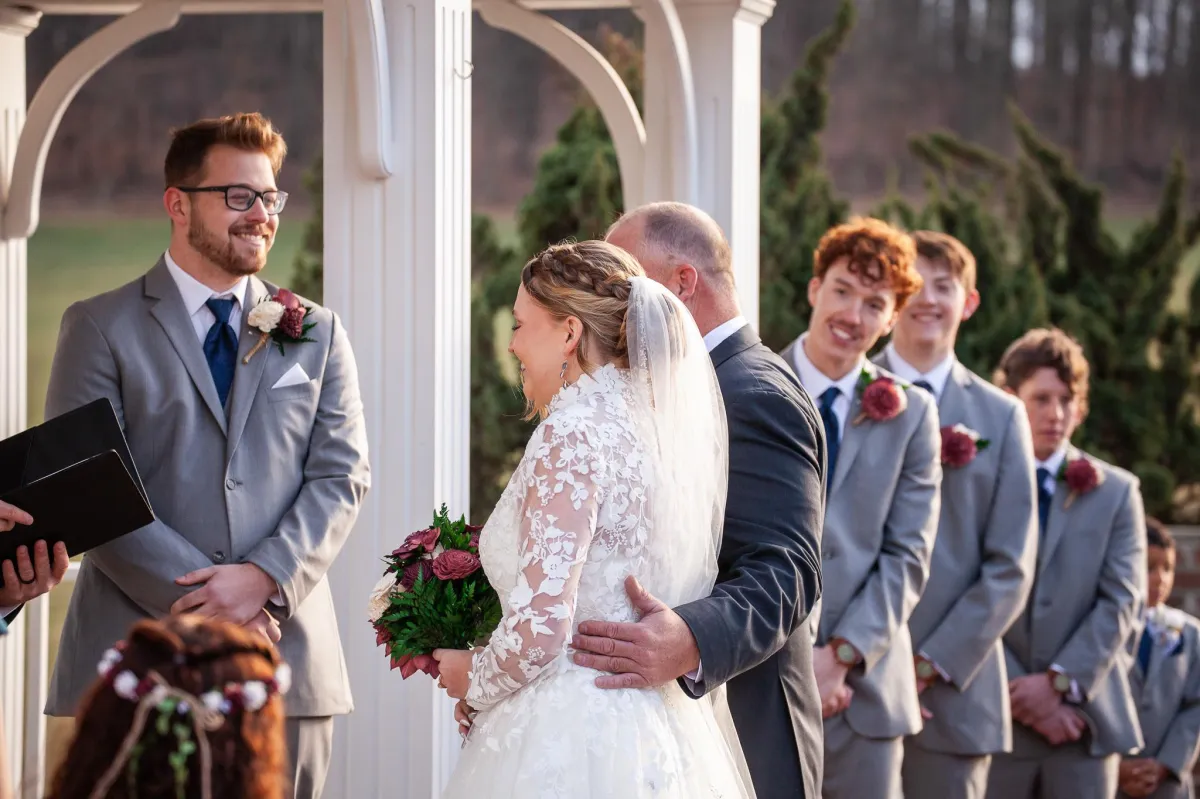
Step 6: On-Site Ceremony Rehearsal
Your one-hour ceremony rehearsal is typically held on the Thursday before your wedding. During this time, your day-of Morningside Inn wedding coordinator will guide and direct your wedding party and officiant, ensuring everyone feels confident and prepared for the big day.
This is also the perfect time to drop off any decorations or labeled items so our staff can set them out on your wedding day!.
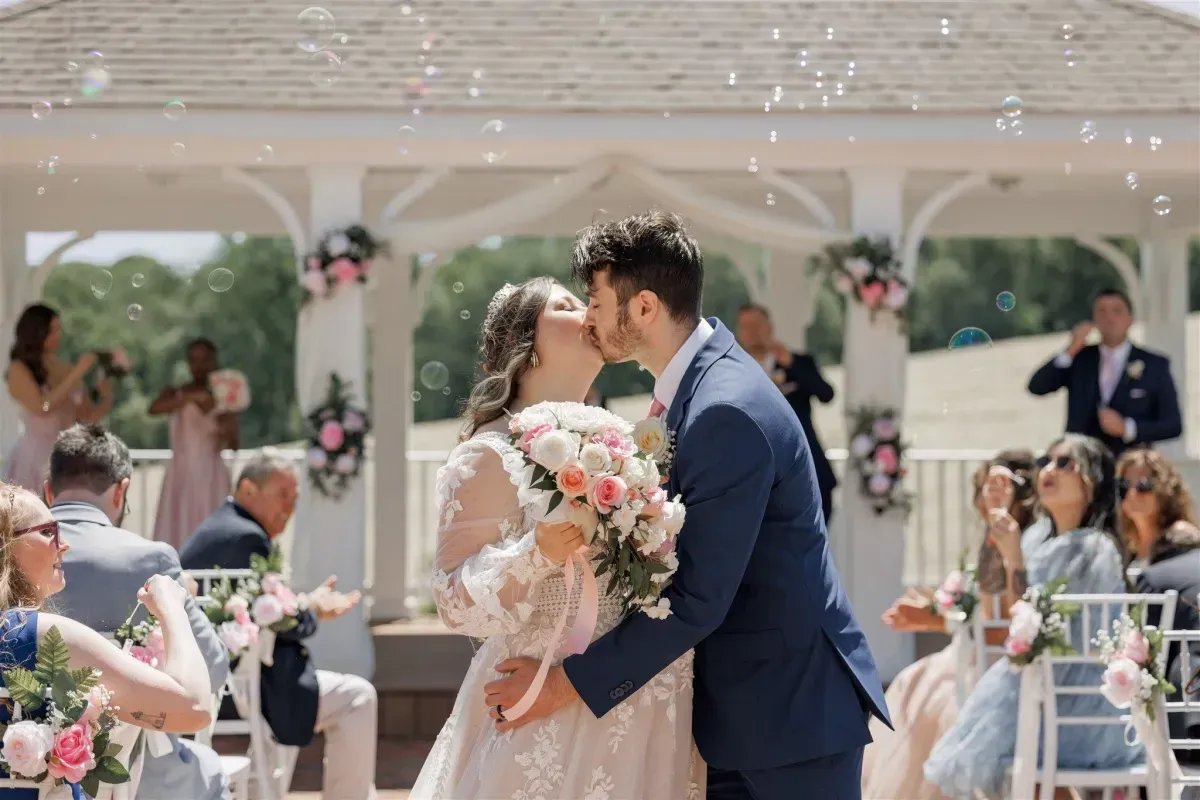
Step 7: Enjoy Your Wedding Day
Enjoy a stress-free, unforgettable celebration surrounded by nature, elegance, and the people you love. We handle the logistics—you soak in the moment.

Innovation
Fresh, creative solutions.

30 Years of Amazing Events
Honesty and transparency in pricing.

4.9 ⭐️ Google Rating
Subscribe to Wedding Planning Tips
And that's just a peek at what we offer. Get more wedding tips straight to your inbox.
Copyright 2025. Morningside Inn. All Rights Reserved.

